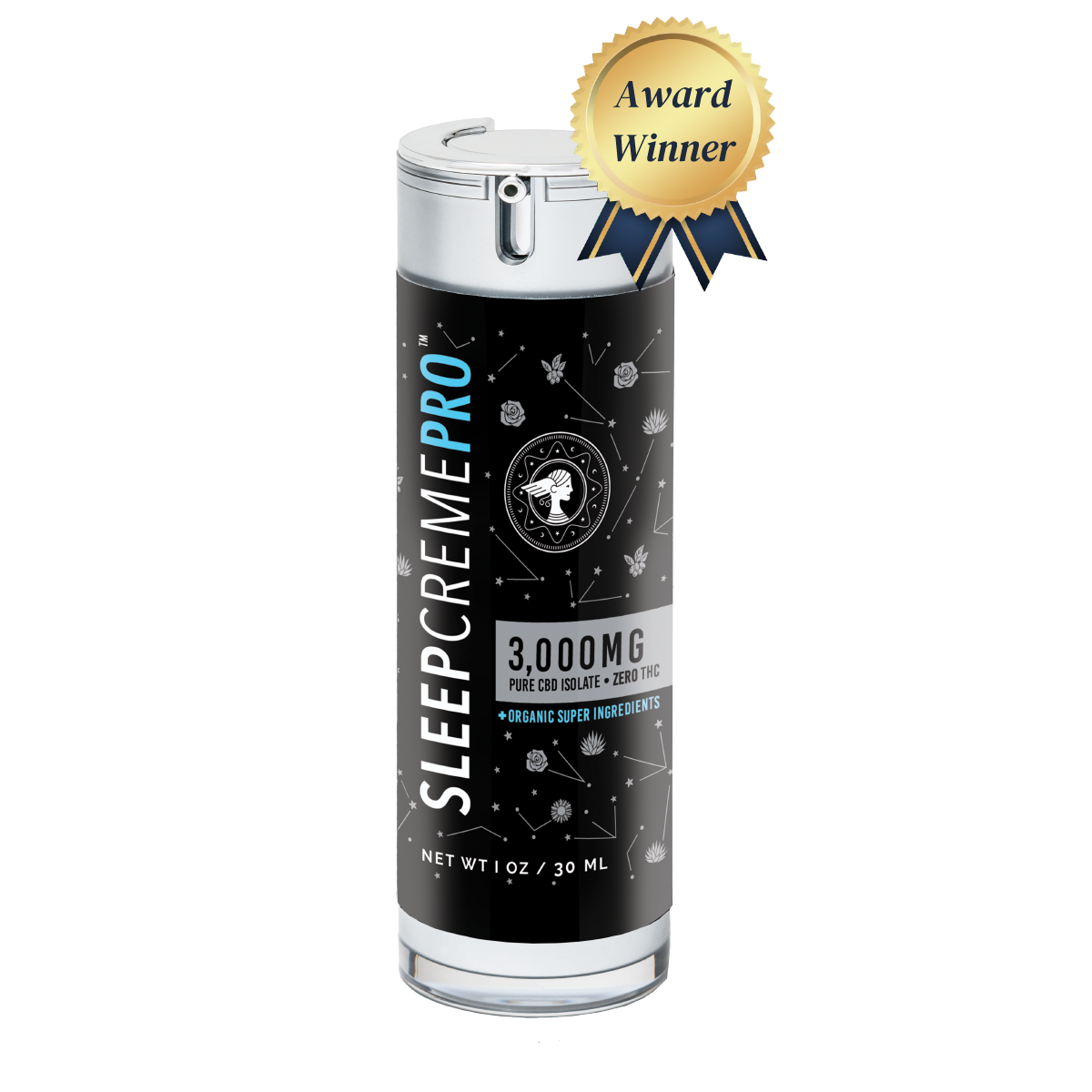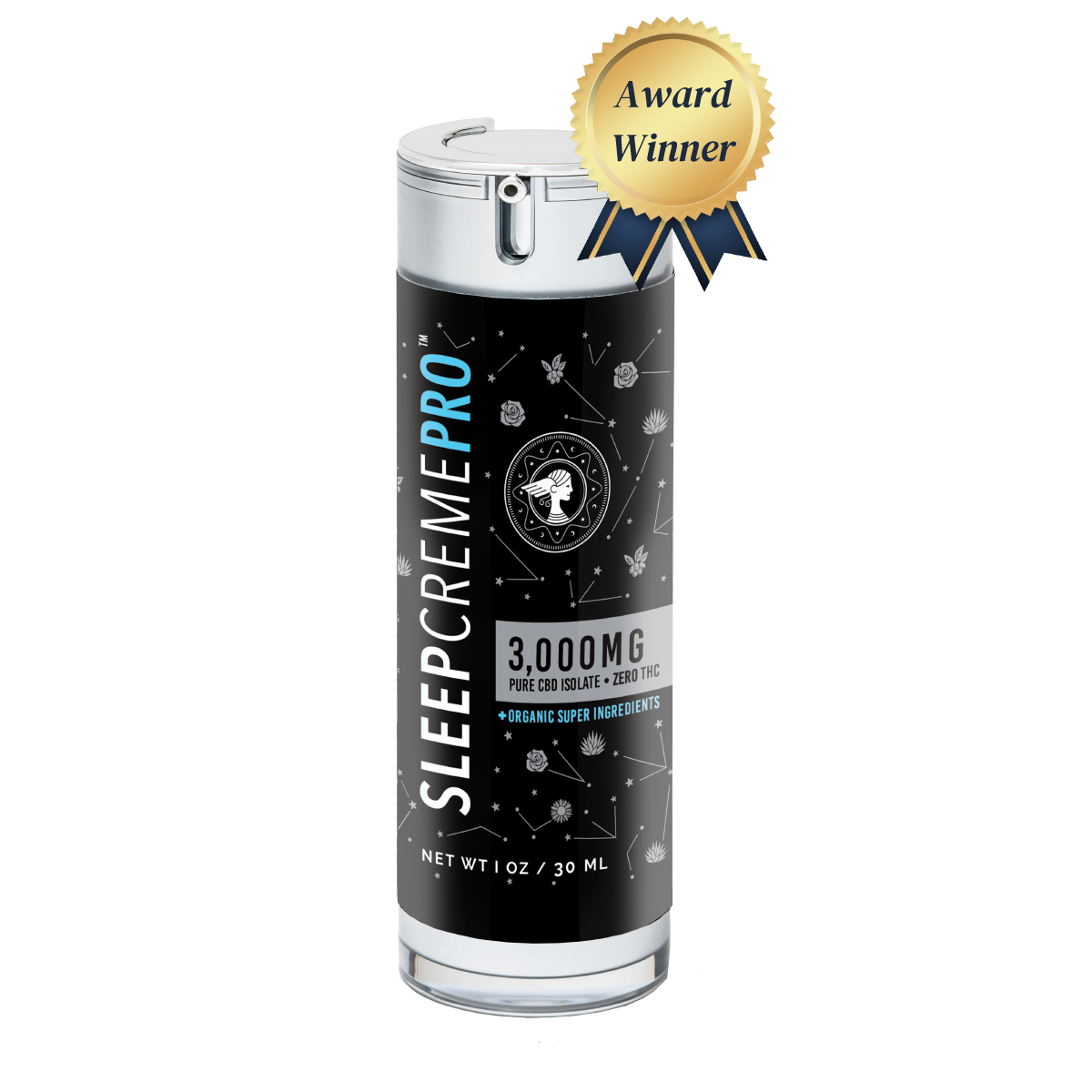Getting a good night’s sleep isn’t just about winding down—it’s about working with your body’s natural rhythms. At SleepCreme, we’re dedicated to helping you unlock deep, restorative rest by offering clean, plant-based sleep solutions that support your nightly routine. In this article, we’ll explore one of the most powerful, research-backed methods for improving your sleep naturally: light therapy. From the timing of your afternoon sunshine to the calming effects of warm light and how it all pairs beautifully with a topical CBD ritual, we’ll show you how to create a sleep routine that works in harmony with your biology—no pills or harsh interventions needed.
Sleep experts agree: light exposure is the primary driver of your internal clock, known as the circadian rhythm. When timed correctly, light can:
-
Regulate melatonin—your sleep hormone
-
Improve sleep onset and duration
-
Reduce daytime drowsiness
Innovations in light therapy—from morning sun exposure to evening red lights—offer non-pharmacological solutions for better rest. Let’s unpack the most reliable, impactful strategies.
🌞 The Latest Research on Light Therapy
Afternoon Sunlight as a Sleep Anchor
A recent feature in EatingWell highlights what top sleep doctors call the #1 afternoon habit for better sleep:
Stepping outside between 1–3 p.m. to soak up natural sunlight. This midday practice:
-
Sends strong light signals to your circadian system
-
Enhances nighttime sleep initiation and maintenance
-
Improves mood, alertness, and vitamin D synthesis
Integrating this into your daily workflow—like a post-lunch walk—can be transformative.
Morning Blue-Enriched Light for Older Adults
A University of Surrey study (Feb 2025) revealed that two hours of morning blue-enriched white light improved sleep and daytime function in older adults. Over 11 weeks, participants experienced:
-
Earlier bedtimes
-
Improved sleep regularity
-
Higher daytime activity
This underscores the importance of bright morning light, not just for circadian alignment, but also for mental and physical vitality .
Bright Light Therapy for Shift Workers
A 2024 systematic review compared light therapies and found that 900–6,000 lux for one hour at night significantly improved sleep duration and efficiency in shift workers.
This is strong evidence that controlled light exposure can retrain workers’ circadian rhythms .
Dawn Simulators & Sleep Phase Shifting
Dawn-simulation light—which gently brightens before wake-up time—is effective for advanced sleep phase.
-
30–120 minutes of light (100–300 lux) before wake-up
-
Can be as effective or preferred compared to post-wake light therapy
This strategy is ideal for early risers, shift workers, or anyone wanting to fine-tune their sleep timing .
Light Spectrum Matters: Timing & Color Temperature
Daytime: Cool, Blue-Enriched Light
Cool, blue-enriched lighting during daytime hours promotes:
-
Alertness and reaction time
-
Cognitive performance
-
Better alignment of circadian rhythms
This makes modern workplaces and wake-up spaces valuable zones for bright, cool-toned illumination.
Evening: Warm & Red Light
Bright blue or cool light in the evening suppresses melatonin, delaying sleep readiness. Instead, experts recommend:
-
Warm, dim light (below 3,000 K)
-
Red light exposure before bed
Red light shows promise in:
-
Increasing melatonin
-
Shortening sleep latency
-
Improving deep-sleep quality
This highlights the importance of shifting from cool daylight to warm/red evening light.
Photobiomodulation: Red & Near-Infrared Light
Pre-Bed Red Light for Sleep
Studies indicate that pre-bed red light therapy can gently enhance deep sleep phases and overall efficiency. It doesn’t rely on bright illumination—it’s about subtle neurochemical modulation .
Near-Infrared Light Devices
At CES 2025, a USB‑C near-infrared desk lamp (850 nm)—dubbed “SunBooster”—debuted:
-
Designed for low-light, indoor environments
-
Mimics some benefits of natural sunlight
-
May support circadian alignment even on cloudy or indoor days
This innovation reflects how technology is bridging the gap between natural sun and practical indoor use.
Dawn Simulation: How It Compares
Dawn-simulation devices:
-
Gradually increase light intensity before wake-up
-
Operate within 100–300 lux for 30–120 minutes
-
Can shift sleep phases as effectively as morning light therapy
-
Offer a gentler, more natural wake-up experience
Whether built into alarm clocks or standalone lamps, these tools ease users into wakefulness and support circadian rhythm adjustments.
Combining Light Therapy with CBD-Infused SleepCreme
Why Pair Light with a Topical Sleep Aid?
Light therapy influences circadian biology, but toned-down routines enhance its effects. Enter SleepCreme:
-
A CBD-infused topical, designed to promote relaxation
-
Early studies show CBD topicals offer:
-
Mild analgesia
-
Localized skin benefits
-
Subjective calmness
-
When applied during your evening routine, it complements red-light or warm lighting by enhancing relaxation and signaling restfulness.
Suggested Evening Routine
Here’s a spotlighted routine:
| Time | Light Strategy | SleepCreme Use |
|---|---|---|
| ~2 hours before bed | Warm/red lighting (below 3,000 K or red glow) | — |
| ~30 minutes before bed | Pre-bed red light session (5–20 min, low-intensity) | Apply SleepCreme to hands, neck, & chest |
| Wake-up | Sunrise simulation to ease waking | — |
This rhythm supports:
-
Circadian cueing (light transitions)
-
Melatonin release
-
Relaxation via topical application
This integrated method is based on sound scientific principles—no guesswork.
Types of Light Therapy & Their Effects
| Type of Light Therapy | Timing | Typical Intensity | Primary Benefits |
|---|---|---|---|
| Blue-enriched light (morning/afternoon) | Morning to early afternoon | 1,000–10,000 lux | Sleep regularity, alertness, circadian alignment |
| Bright evening light (shift work) | Nighttime | 900–6,000 lux | Boosts sleep in shift workers |
| Dawn simulation | Pre-wake | 100–300 lux | Gentle wake-ups, phase shifting |
| Warm/red light (evening) | 2 hours before bedtime | Warm (≤3,000 K) / red tone | Melatonin support, relaxation |
| Red / near-infrared photobiomodulation | Pre-bed | Low heat, low glow | Deep sleep boost, neurological calm |
| Near-infrared desk light | Any time indoors | Invisible IR (~850 nm) | Circadian support, sunlight mimicry |
(Chart data compiled from peer-reviewed studies and expert consensus.)
Emerging Trends in Light + Sleep Technology
Wearable Light Patches
-
Synchronize with personalized circadian needs
-
Deliver precise blue, red, or infrared light throughout the day
NIR Desk Lamps
-
Like “SunBooster,” support indoor light exposure
-
Provide gentle near-infrared benefits without visible glare
Pre-Bed Red-Light Masks & Fixtures
-
Combine warmth and red light for bedside relaxation
Smart Bulbs with Dynamic Scheduling
-
Shift through color temperatures—cool in day, warm/red at night
-
Potential future link-ups with sleep-aid topicals and apps
While gadgets continue to evolve, the scientifically validated tools (light boxes, dawn simulators, red-light panels) remain effective and accessible.
How to Build Your Personalized Light & CBD Sleep Routine
-
Morning:
-
1–2 hours of bright blue-enriched light or direct sunlight
-
Helps cement internal clock timing and daytime alertness
-
-
Afternoon (1–3 p.m.):
-
Spend 10–20 minutes outside—no devices needed
-
Anchors circadian rhythm and supports evening sleep
-
-
Evening (2 hours before bed):
-
Dim lights; switch to warm/red tones
-
Avoid screens exposing blue light
-
-
Pre-Bed (15–30 minutes before bedtime):
-
Optional red-light session (5–20 min, low intensity)
-
Apply SleepCreme to targeted areas—forearms, neck, chest
-
-
Wake-Up:
-
Use a dawn simulator for 30–60 minutes before alarm
-
This 5-point routine maximizes circadian alignment, relaxation, and sleep efficiency—without pharmaceuticals.
Frequently Asked Questions
Q: Do I need to buy fancy devices?
No.
Start simple with:
-
Morning sunlight (outside or by a window)
-
A warm/red bulb in your bedroom
-
Optional dawn-simulator alarm clock
-
Optional red-light panel for pre-bed use
Advanced gadgets are optional add-ons for those seeking more precision.
Q: How strong does evening red light need to be?
Keep it low-intensity, enough to:
-
Avoid blue spectrum
-
Provide a calm, warm glow
Think of dim red LED bedside lamps or bulbs—about 5–20 lux.
Q: Is CBD SleepCreme safe to use with light therapy?
Yes.
-
Topical CBD offers local relaxation and mild analgesia
-
Light therapy targets circadian biology—not skin
-
Applying topicals during the dim-light phase supports an atmosphere of rest
Bottom Line
-
1–3 p.m. outdoor light: The #1 habit doctors recommend for better sleep
-
Morning blue light: Anchors circadian rhythms, especially in older adults
-
Evening warm/red light: Promotes melatonin and preps the mind and body for rest
-
Dawn simulation: Natural, phase-shifting wake-up support
-
Photobiomodulation: Emerging benefits via red and near-infrared use
-
CBD-infused SleepCreme: A calming, topical complement to light-based routines
By integrating strategic light exposure with a calming evening ritual like SleepCreme, you create a natural, science-backed pathway to restorative, deeper sleep.








